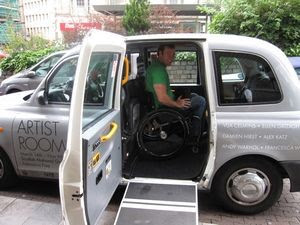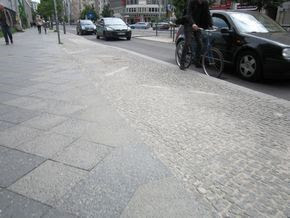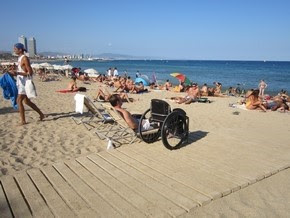The 3 Most Wheelchair Accessible Cities in Europe
|
I get this question all the time “what are the most accessible cities in Europe?” While it does depend somewhat on your specific accessibility needs, I want to give you some general guidance based on my own travels to 140+ European cities in my wheelchair.
* Note – The focus of this list are places to visit, not places to live… after all, you signed up for this newsletter because you’re a traveler!
London
London is one of the best destinations in Europe for disabled tourists! Compared to other European cities, getting around in London in a wheelchair is fairly easy, primarily because many of the cobblestones did not make it through the bombings of WWII and accessible transportation is plentiful.
Berlin
In my opinion, Berlin is one of the most underrated cities for tourists(including disabled travelers). For anyone interested in the 20th century history, this is one of the top destinations in the world! No other city tells the story of WWII and the Cold War like Berlin does.
Barcelona
I gave Barcelona an overall 5 Star Accessibility Rating (my highest rating) – for a good reason of course! This spectacular city provides a great accessible public transportation system, where all buses are accessible, and many metro stations have ramps and elevators. One of my favorite things about Barcelona is that the medieval city center has very few cobblestones. This means that wheelchair users will have a much smoother ride than in cities such as Paris, Bruges and Istanbul.
|
|
Did You Know?
|
|
So these cities are accessible, and I won’t have any challenges visiting them? Not exactly…many changes remain:
Even the most accessible destinations cannot guarantee that you won’t experience any challenges. Be prepared for any emergencies that might arise during your trip (taxi strike, broken wheelchair, flight cancellation, etc…). We have a team of accessible travel experts that provide 24/7 emergency support. When Sage Traveling plans your trip, you get to relax knowing that we take care of everything for you! Travel Wisely,
John Sage, Founder and President of Sage Traveling
Email: john@sagetraveling.com
Phone: US: 1-888-645-7920, UK: +44 20 3540 6155
|





